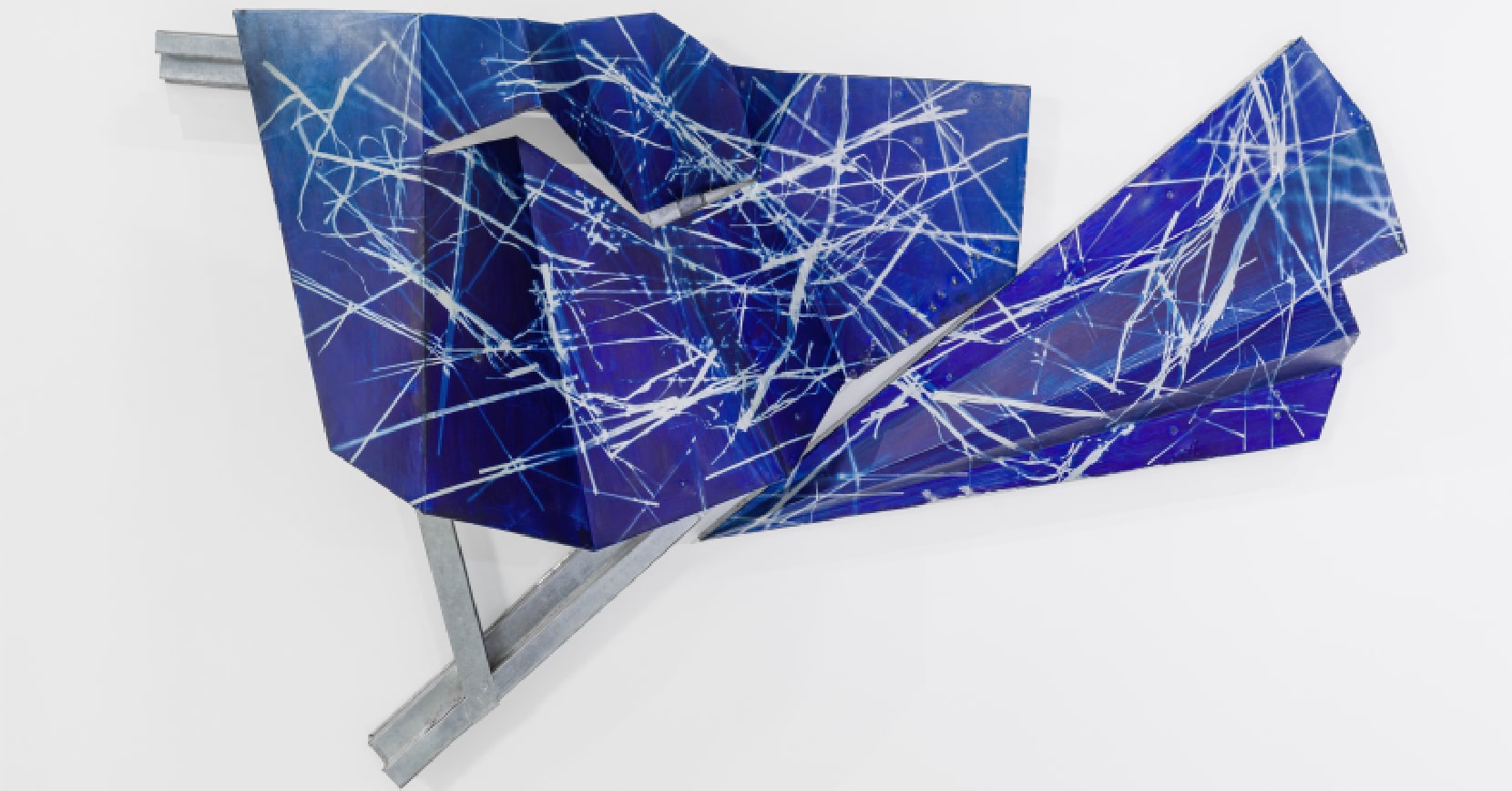Asim Waqif
Asim Waqif is a Delhi-based artist, architect, and art director whose practice bridges architecture, art, and design. Informed by his training as an architect, Waqif’s work critically engages with contemporary urban design and the politics of public spaces. This practice often highlights Waqif’s ecological and anthropological concerns, emerging from extensive research on vernacular systems of ecological management, especially with respect to water, waste, and human infrastructure. By amplifying urban discourse through evocative aesthetics created through sustainable practices, Waqif challenges traditional notions of space and resource utilization.
Ayesha Singh
Ayesha Singh is a Delhi-based multidisciplinary artist whose practice critiques the socio-political hierarchies and power systems which are reinforced through architectural narratives. Employing mediums such as drawing, kinetic mechanics, participatory performance, photography, public installations, sculpture, and video, Singh examines the dynamics of authority in shaping spaces and histories. Namely, her works interrogate the permanence of buildings and the histories omitted in their construction, restoration, and destruction, to shape sites of discourse and to counter prevailing social narratives.
Jitish Kallat
Jitish Kallat is a Mumbai-based conceptual artist whose work navigates the intersections of science, history, philosophy, and mathematics. Using abstract and representational forms, Kallat examines the ephemeral within perceptual contexts to present the metaphysical through physical, tactile means. Kallat’s multidisciplinary practice spans painting, sculpture, installation, and photography to offer meditative reflections on time, mortality, and the human connection to the cosmos.
Martand Khosla
Martand Khosla is a Delhi-based artist and architect whose practice examines urban continuity and transformation in contemporary India. After working for two decades as an architect, Khosla pursued an artistic practice to explore and demonstrate how construction-driven employment shapes identity and memory. To do so, Kallat’s work integrates architecture and art to create sculptural and material explorations that investigate the social and spacial effects of urban change.
Parul Gupta
Parul Gupta is a Delhi-based multidisciplinary artist whose work explores, represents, and interacts with movement in architectural spaces as a generator of perceptual experience and awareness. Prompted by the movement of light and shadow or the presence of parallax, Gupta works across drawing, sculpture, kinetics, and site-specific interventions to play with perceptual reality and draw attention to the gap between scientific and embodied registers of space-time orientation. Gupta’s explorations of spatial dynamics create perceptively stimulating experiences that challenge conventional notions of the architectures we inhabit.
Vibha Galhotra
Vibha Galhotra is a Delhi-based multimedia artist addressing global environmental and socio-economic shifts. Inspired by land art movements of the 1960s and 70s, Galhotra’s practice critiques the impacts of climate change, consumerism, and globalization. Through poetic and conceptual works, often employing the ghungroo in a silenced state as her signature material, Galhotra reflects on the relationship between human activity and the planet’s changing topography, advocating for ecological consciousness.

